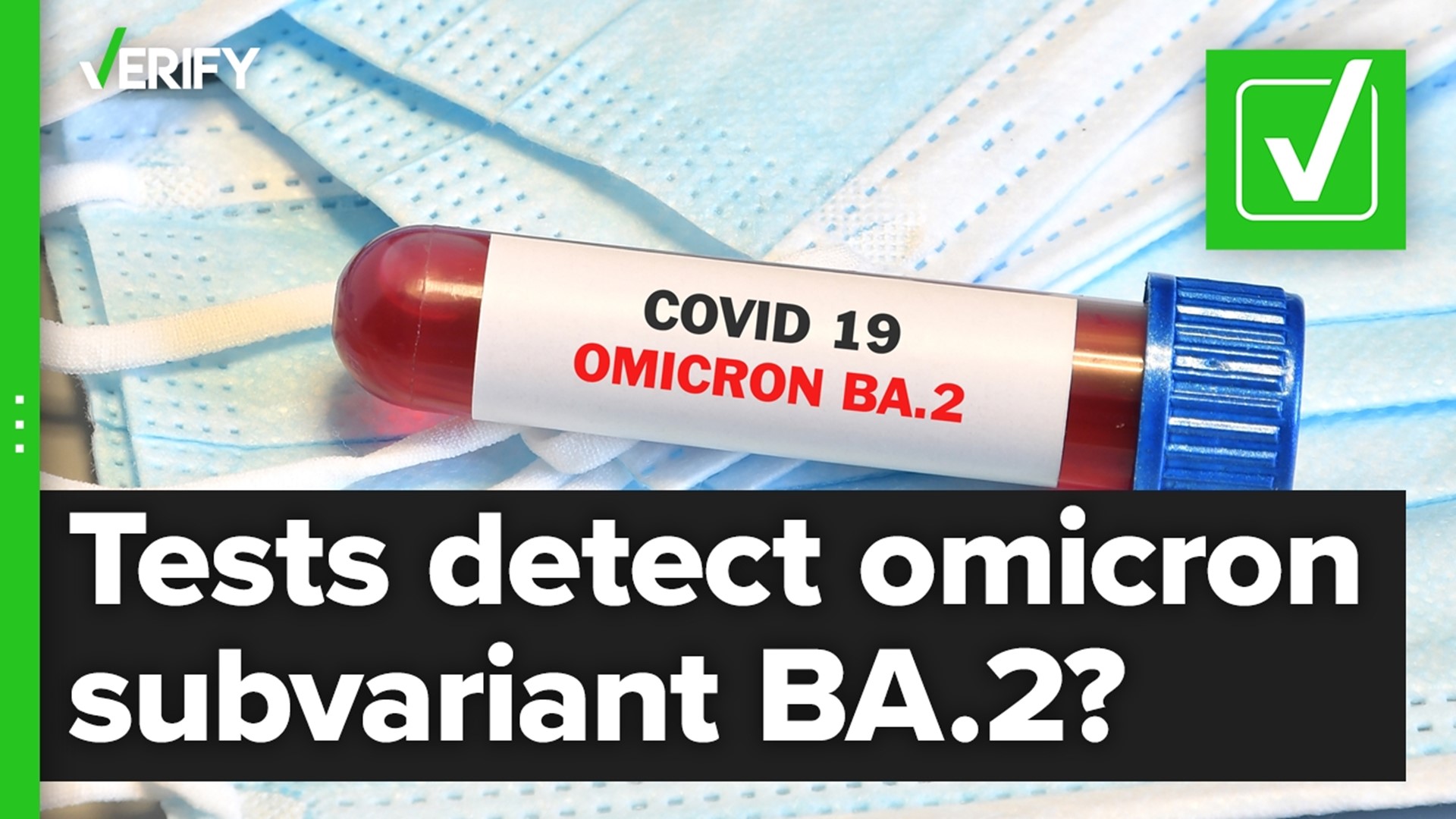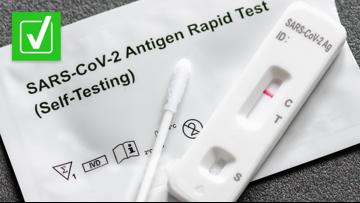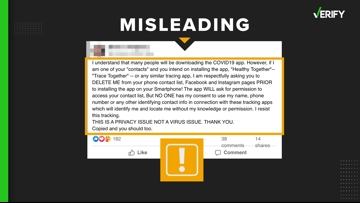Medical experts believe omicron subvariant BA.2 has some differences from the original version of omicron, including that it spreads faster.
BA.2 is the dominant strain of COVID-19 in the U.S. and many other parts of the world, beating out the original version of omicron. From March 27 through April 2, BA.2 accounted for about 72% of COVID-19 cases in the U.S., according to estimates from the Centers for Disease Control and Prevention (CDC).
Amid claims that it is evading COVID-19 testing, BA.2 has earned itself the nickname “stealth” omicron. But some people on Twitter say that isn’t accurate, and COVID-19 tests can detect infections of the subvariant.
THE QUESTION
Can COVID-19 tests detect omicron subvariant BA.2?
THE SOURCES
- Centers for Disease Control and Prevention (CDC)
- Matthew Binnicker, Ph.D., director of the Mayo Clinic’s Clinical Virology Laboratory
- Christopher Doern, Ph.D., associate professor of pathology and director of clinical microbiology at Virginia Commonwealth University
THE ANSWER
Yes, COVID-19 tests can detect omicron subvariant BA.2.
WHAT WE FOUND
BA.2 has been referred to as “stealth” omicron because it has “genetic mutations that could make it harder to distinguish from the delta variant using PCR tests” compared to the original version of omicron, the American Medical Association says.
But a spokesperson for the CDC says that nickname is a misnomer and “causes confusion,” adding that all tests – including at-home rapid and PCR tests – “do not have issues in detecting BA.2.”
Matthew Binnicker, Ph.D., a microbiologist who serves as director of the Mayo Clinic’s Clinical Virology Laboratory, agrees. He said rapid and PCR tests are still able to pick up BA.2, similar to the original version of omicron and prior COVID-19 variants.
So why did people initially refer to BA.2 as “stealth” omicron?
Some labs could recognize the original version of omicron as a different variant with a certain type of PCR test where one component would be negative but others would be positive. BA.2 doesn’t show those same results, Binnicker explained.
This partial failure, called S gene target failure or SGFT, differentiates omicron from many other variants. SGTF does not occur when testing for BA.2, the CDC spokesperson said.
There’s always the possibility of false negative results on rapid at-home tests. However, positive results on rapid tests are “very reliable” and should be treated as such, Christopher Doern, Ph.D., associate professor of pathology and director of clinical microbiology at Virginia Commonwealth University, said.
If you get a negative at-home COVID-19 test result, that doesn’t always rule out an infection, the CDC says. Some self-tests are designed to be used in a series, so people who test negative should consider repeating the test 24 to 48 hours later.
“Multiple negative tests increases the confidence that you are not infected with the virus that causes COVID-19,” the CDC writes on its website.
Some experts also recommend that people who have COVID-19 symptoms and test negative with an at-home test follow up with a PCR test since they may have received a false negative result.
More from VERIFY: No, there is not a new test to detect the omicron variant












